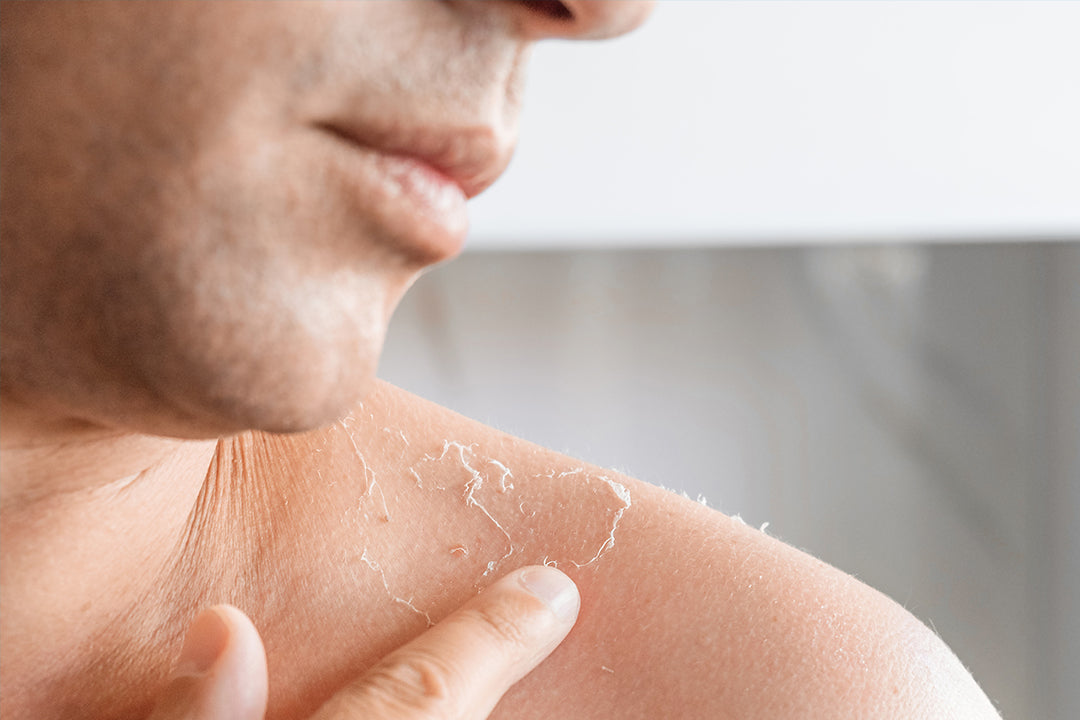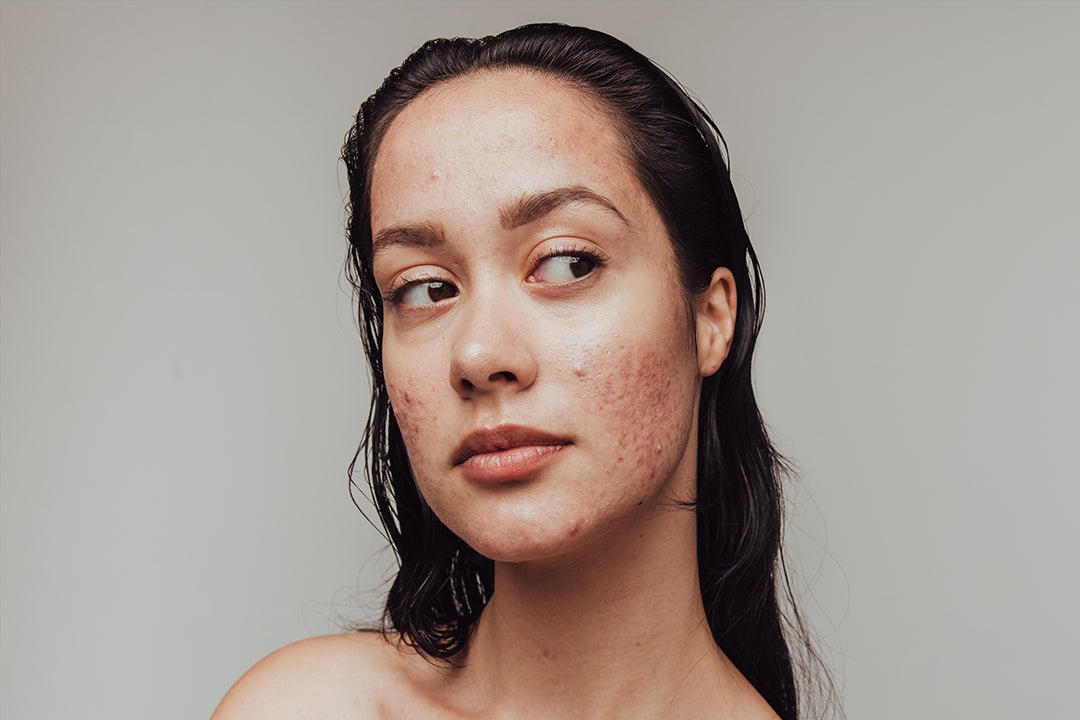Skin pigmentation disorders are conditions that affect the amount of melanin in a person's skin, resulting in changes in skin color. One such condition is vitiligo, which causes the development of pale, white patches on the skin.
What is Vitiligo?
Vitiligo is a long-term skin condition that leads to the loss of skin pigmentation. It occurs when the melanocytes, the cells responsible for producing melanin, die or stop functioning. This results in the formation of white patches on various parts of the body.
Types of Vitiligo
Vitiligo can be categorized into two main types:
- Non-segmental vitiligo: This is the most common type, where the white patches appear on both sides of the body in a symmetrical pattern.
- Segmental vitiligo: This type affects only one side or a specific area of the body.
Causes of Vitiligo
The exact cause of vitiligo is still unknown, but it is believed to be an autoimmune condition. Other factors that may contribute to the development of vitiligo include:
- Genetic predisposition
- Neurochemicals
- Triggers such as stress, sunburn, or exposure to certain chemicals
Symptoms of Vitiligo
The primary symptom of vitiligo is the presence of white patches on the skin. These patches may gradually enlarge and spread to other areas of the body. Vitiligo can affect any part of the body, including the face, hands, feet, and genitals. In addition to the physical symptoms, vitiligo can also have psychological effects, as it may cause emotional distress and impact a person's self-esteem.
Diagnosing Vitiligo
If you notice any white patches on your skin, it is essential to seek medical evaluation for a proper diagnosis. A dermatologist will examine the affected areas and may use additional tests, such as a Wood's lamp examination, to confirm the presence of vitiligo.
Treating Vitiligo
While there is currently no cure for vitiligo, several treatment options can help manage the condition and reduce the appearance of white patches. These include:
- Topical corticosteroids
- Topical calcineurin inhibitors
- Narrowband ultraviolet B (NB-UVB) phototherapy
- Excimer laser
- Tattooing
- Surgical options, such as skin grafting
It is important to note that the effectiveness of treatments may vary depending on the individual, and it is best to consult with a dermatologist to determine the most suitable approach.
Complications of Vitiligo
Vitiligo itself does not cause any physical harm, but it can lead to complications, including:
- Sunburn: The depigmented skin is more susceptible to sunburn, so it is crucial to take precautions and use sunscreen.
- Psychological effects: Vitiligo can significantly impact a person's self-esteem and mental well-being, leading to feelings of anxiety, depression, or social isolation.
Support and Resources
If you or someone you know is affected by vitiligo, various support links and resources are available to provide help and guidance. These include:
- Vitiligo support groups
- Online communities and forums
- Patient education materials
- Information on research and advancements in vitiligo treatment
Living with Vitiligo
Vitiligo is a chronic condition that requires long-term management. While the physical effects of vitiligo can be challenging, it is essential to focus on self-care and maintain a positive mindset. Here are some tips for living with vitiligo:
- Protect your skin from the sun: Since depigmented skin is more vulnerable to sun damage, it is crucial to use sunscreen, wear protective clothing, and seek shade when necessary.
- Embrace your uniqueness: Vitiligo is a part of who you are, and it does not define your worth. Embrace your uniqueness and celebrate your individuality.
- Seek support: Connect with others who have vitiligo through support groups or online communities. Sharing experiences and finding support can make a significant difference in coping with the condition.
- Focus on self-care: Take care of your physical and mental well-being through a balanced diet, regular exercise, and stress management techniques.
Takeaways
Vitiligo is a skin pigmentation disorder that causes the loss of skin color in the form of white patches. While there is no cure for vitiligo, various treatment options are available to manage the condition. It is essential to seek medical evaluation if you notice any changes in your skin pigmentation and to connect with support networks for guidance and emotional support. Remember, vitiligo does not define you, and embracing your uniqueness can lead to a fulfilling and empowered life.









